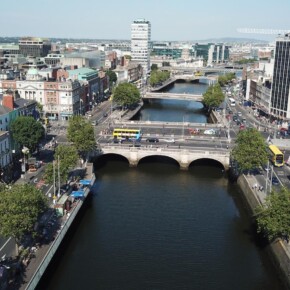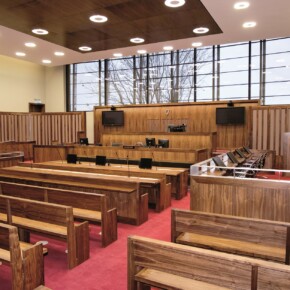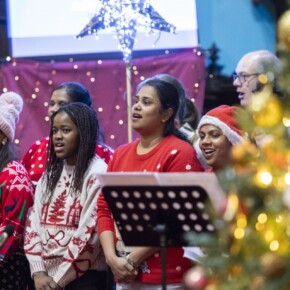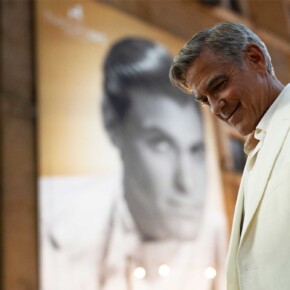Revealed: UCD historians tell the true story of the Battle of Clontarf
Dublin People 19 Apr 2014
A NEW video made by the UCD School of History and Archives to mark the Battle of Clontarf provides a re-evaluation of the true place of Brian Boru in Irish history.
Launched by Minister for European Affairs, Paschal Donohoe, the half-hour video is presented by leading historians on location in Clontarf and is richly illustrated with a wealth of visual historical material.
Entitled
‘Commemorating Clontarf: 1014 through the Ages’, it has been made freely available to the public on UCD’s public history website, HistoryHub.ie.
The video charts how the 1014 battle was skillfully usurped and retold by various nationalists for political purposes.
It focuses in particular on Daniel O’Connell in 1843 and the Irish Volunteers in 1914, both of whom artfully propagated the myth of a David and Goliath struggle of the Irish against powerful foreign oppressors.
However, the UCD video challenges this myth and shows how Brian Boru was used for propaganda purposes in later years.
Far from being a battle of Irishmen united against foreign invaders, the Battle of Clontarf closer resembled a family feud between opposing Leinster and Munster rivals, according to the UCD’s historians.
Dr Elva Johnston explains how the Viking King of Dublin, Sitric, was Brian Boru’s son-in-law and how Gormlaith, Brian’s ex-wife, was sister to his rival, Mael Mórdha, King of Leinster.
Within two generations of the battle, the legend of Brian had firmly departed from fact, the UCD documentary argues.
Sitric, the Christian King of Dublin, had become a shadowy conspirator while Brian, by contrast, became a Christian martyr who died praying in his tent on the edge of the field of battle.
King Sitric’s enlistment of foreign Viking allies earned him the place of the villain and retellings of the saga ignored the peaceful integration of Vikings in costal settlements like Dublin, Limerick, Waterford, and Wexford.
Further, the Vikings’ spectacular slaughter of Brian Boru earned him an immediate and lasting place amongst the myths and legends of Irish history.
By the twentieth century, the tale of Clontarf was revived when Irish nationalists armed themselves with rifles landed at Howth in 1914. They saw themselves as repeating history when they clashed with British soldiers and police at Clontarf on their return to the city.
Two years later, leaders of the 1916 Rebellion told their forces they were echoing Brian Boru’s Good Friday sacrifice, with echoes of Christian martyrdom, when they seized buildings across Dublin at Easter.
The video features contributions from UCD historians Dr Elva Johnston, Dr Eamon O’Flaherty, Dr Conor Mulvagh and Dr MeidhbhÃn NÃ Ã?rdail of the School of Irish, Celtic Studies, Irish Folklore & Linguistics.
The video was edited and directed by Mike Liffey of HistoryHub.ie and was funded by the UCD School of History and Archives.
Speaking at the launch of the video, the Minister for European Affairs, Paschal Donohoe, said:
“This video allows us to look at Clontarf with respect, but without being ensnared by a distorted version of our past.
“Linking into the question of modern European affairs, we can more honestly tackle the myth that the battle was one of Gael against Dane.
“As such we reconsider the role of Viking mercenaries and the Scandinavian contribution to the battle. Additionally, by taking consideration of the legacy of Clontarf up to 1914, this links in with reassessments of the modern Anglo-Irish relationship.
?











